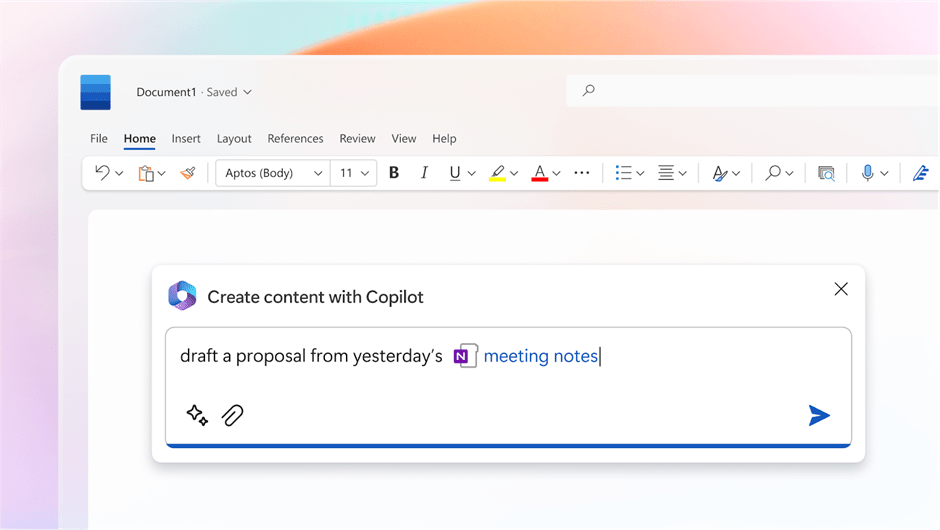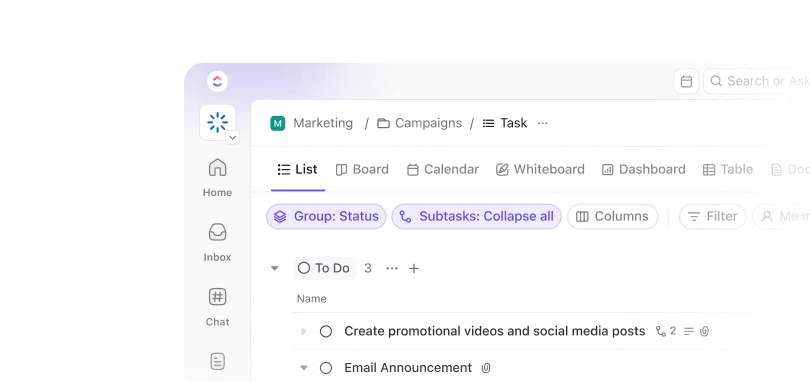

Microsoft’s entry into agentic AI represents a significant shift toward democratizing autonomous agent development.
After witnessing the fragmentation between research frameworks like AutoGen and production-ready tools like Semantic Kernel, Microsoft previewed their unification at Build 2025 and released the public-preview Microsoft Agent Framework (MAF) on Oct 1, 2025.
This consolidation addresses a critical gap where enterprises struggled to bridge cutting-edge research with operational reliability.
Here’s how it works and what you need to know.
Key Takeaways
- Microsoft unifies AutoGen and Semantic Kernel into the Microsoft Agent Framework.
- MAF simplifies agent development with a declarative SDK and flexible integrations.
- Enterprises gain observability, memory support, and compliance via Azure integration.
- Migration needs refactoring and may raise vendor lock-in or cost visibility concerns.
Does Microsoft Offer Agentic AI?
Yes, Microsoft offers agentic AI through the Microsoft Agent Framework (MAF), public-previewed on October 1, 2025 after an initial reveal at Build 2025.
Microsoft Agent Framework is a unified platform that merges Semantic Kernel and AutoGen into a single SDK, providing deterministic and dynamic orchestration patterns, pluggable memory stores, and enterprise-grade integrations via Model Context Protocol and Agent-to-Agent communication standards.
The framework eliminates the complexity of managing separate tools while maintaining the flexibility developers need for custom implementations.
This unified approach sets the foundation for exploring how MAF operates beneath the surface to deliver autonomous agent capabilities.
Quick Capability Snapshot: Microsoft Agent Framework
Microsoft Agent Framework delivers comprehensive functionality across the entire agent lifecycle, from development to deployment and monitoring:
| Capability | Detail |
|---|---|
| Unified SDK | Single library combining Semantic Kernel and AutoGen with declarative agent definitions |
| Memory Integration | First-party connector for Redis, with Pinecone, Qdrant, and other vector stores available via pluggable connectors |
| Tool Orchestration | OpenAI function calls, Azure AI connectors, and MCP protocol support for external APIs |
| Identity Management | Entra Agent ID provides unique identities with Azure AD integration for access control |
| Observability | Step-level reasoning traces, token telemetry, and OpenTelemetry export capabilities |
| Standards Compliance | Native support for Model Context Protocol (MCP) and Agent-to-Agent (A2A) communication |
This technical foundation positions MAF as both a development platform and an operational runtime for enterprise agent deployments.
How Microsoft Agent Framework Work Under the Hood
MAF operates through five distinct technical layers that work in concert to enable autonomous decision-making and task execution.
- Orchestration Layer: Uses declarative DSL with deterministic and dynamic planning patterns for multi-agent coordination.
- Memory Management: Supports pluggable stores including Redis, Pinecone, Qdrant, Weaviate, and Elasticsearch for context persistence.
- Tool Integration: Enables OpenAI function calling, OpenAPI schemas, and Azure AI service connectors through standardized protocols.
- Security Framework: Implements Entra Agent ID for unique identities and integrates compliance controls via Azure AD.
- Observability Stack: Captures step-by-step reasoning traces, token telemetry, and exports OpenTelemetry data for monitoring.
These architectural layers create a robust foundation that balances flexibility with enterprise governance requirements.
Key Strengths and Critical Gaps of Microsoft Agentic AI
Microsoft Agent Framework excels in unifying previously fragmented tools while maintaining open standards compatibility.
The framework’s integration of Semantic Kernel’s production capabilities with AutoGen’s research innovations creates a compelling value proposition for enterprises seeking both stability and innovation.
MAF’s adherence to Model Context Protocol and Agent-to-Agent standards ensures interoperability across vendor ecosystems.
However, organizations migrating from existing Semantic Kernel or AutoGen implementations face refactoring overhead as they adapt to new patterns and APIs.
The framework’s tight coupling with Azure infrastructure creates potential vendor lock-in concerns, particularly for multi-cloud deployments.
Additionally, while observability features provide detailed telemetry, they may introduce performance overhead in high-throughput scenarios, and pricing for durable sessions remains undisclosed, complicating cost planning for long-running agent workflows.
Pricing and Licensing: What Microsoft Charges for Agentic AI
Microsoft uses consumption-based billing through Azure AI Foundry Agent Service. Charges accrue per model call and tool execution, while detailed per-token and durable-session rates remain unpublished.
This approach enables experimentation and scales with usage, though specific pricing tiers remain confidential as of October 2025.
The MAF library itself is open source, reducing barriers to initial development and testing. However, production deployments require Azure AI services, where costs accumulate through model API calls, connector usage, and durable session management.
Real-World Implementations of Microsoft Agent Framework
Several major enterprises have adopted MAF for production agent deployments, demonstrating its enterprise readiness across diverse use cases.
Early implementations show promising results across compliance-heavy industries:
- KPMG Deployment: Built audit-ready multi-agent systems with compliance tracking, reducing manual oversight requirements.
- Commerzbank Integration: Implemented MAF for workflow automation, achieving measurable efficiency gains in financial operations.
- BMW Manufacturing: Deployed agents for diagnostic workflows, leveraging MAF’s observability for quality assurance processes.
These deployments highlight MAF’s strength in regulated environments where audit trails and governance controls are paramount.
Roadmap and Competitive Outlook for Microsoft Agentic AI
Microsoft’s strategic vision for MAF emphasizes continuous integration with the broader Azure ecosystem while maintaining open standards compatibility. The development timeline shows steady progress toward enterprise-grade capabilities.
Looking ahead, Microsoft plans expanded integration with NVIDIA NIM microservices and enhanced support for heterogeneous memory architectures. The roadmap includes additional pluggable planners and native multi-cloud connector support.
This strategic positioning maintains Microsoft’s competitive edge while fostering ecosystem growth through open standards.
Getting Started With Microsoft Agentic AI in 7 Steps
Implementing MAF requires systematic setup across development, deployment, and operational phases.
- Install Dependencies: Download MAF SDK from GitHub and configure your development environment.
- Configure Azure: Set up Azure AI Foundry credentials and establish service connections.
- Define Agent Schema: Create declarative agent definitions using MAF’s DSL patterns.
- Configure Memory Store: Connect to Redis, Pinecone, or your preferred vector database.
- Implement Tool Connectors: Set up MCP-compliant tool integrations for external API access.
- Deploy Security Controls: Configure Entra Agent ID and establish compliance guardrails.
- Enable Monitoring: Activate OpenTelemetry exports and configure observability dashboards.
With proper configuration and existing Azure infrastructure, development teams typically see initial results within a few days, with full production readiness achievable in weeks rather than months.
Frequently Asked Questions
MAF unifies Semantic Kernel and AutoGen while maintaining open standards compatibility, providing both research flexibility and enterprise reliability in a single platform.
Currently optimized for Azure, though MCP and A2A protocols enable cross-cloud tool integration with additional connector configuration required.
Step-level reasoning traces, token-level telemetry, and OpenTelemetry export capabilities enable comprehensive monitoring and debugging of agent behavior.
Yes, with Entra Agent ID, compliance controls, and detailed audit trails, MAF addresses governance requirements for financial services, healthcare, and other regulated sectors.
Migration requires refactoring to new API patterns and DSL syntax, though core concepts remain familiar to existing Semantic Kernel developers.


